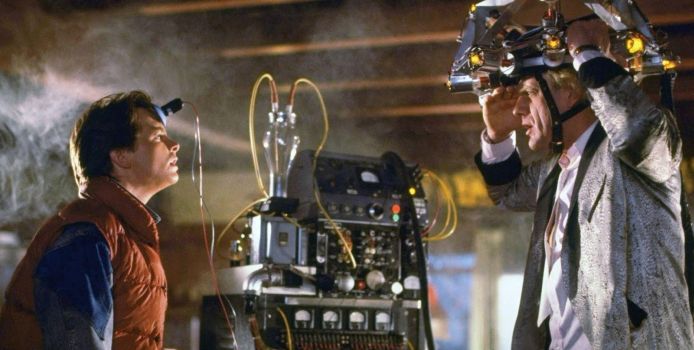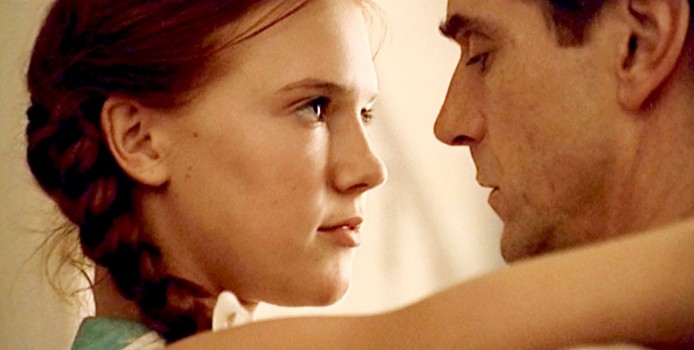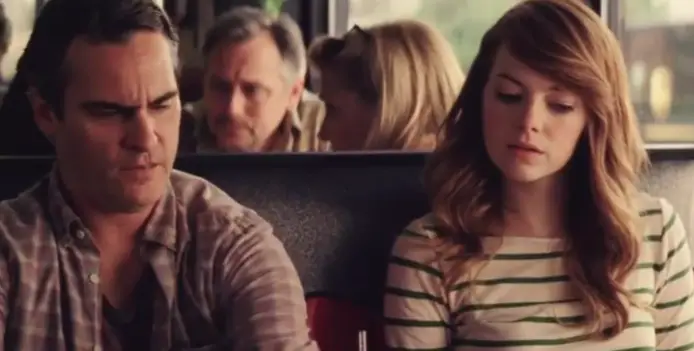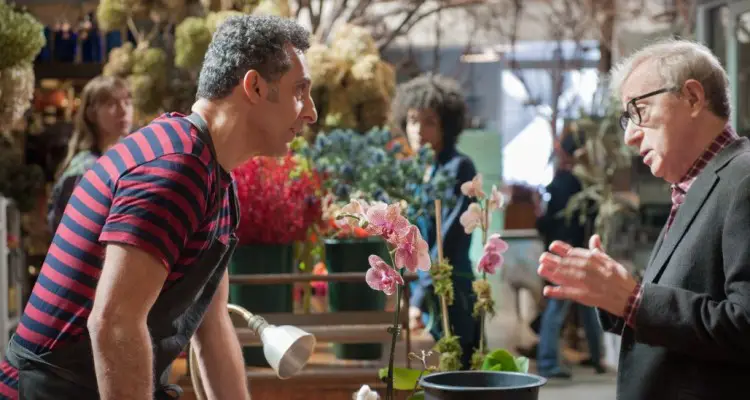Woody Allen

In some ways, the cinema is the closest thing we can experience to travelling through time – certainly the closest of any art form. In the dark room of a movie theatre, an audience can be transported to the distant past or spectacular visions of the future, and even in watching films from the 30’s and 40’s we can look at the lives and faces of people who died many years ago. Time travel became popular as a literary device with HG Well’s The Time Machine – published in 1895, the same year that the Lumière Brothers made Arrival of a Train at La Ciotat.

In cinema, age-gap relationships have been forever on display, from Humphrey Bogart and Lauren Bacall to those seen throughout Woody Allen’s cinematic adventures (including his most recent Magic in the Moonlight). The age-gap relationship often takes the form of an older man and a younger girl, though there are the exceptions (take a look at The Graduate). Aside from the problematic conventions of the leading men ageing and the women remaining youthful in looks and spirit, the age-gap film poses questions about sexuality that mainstream Hollywood often shies away from.



